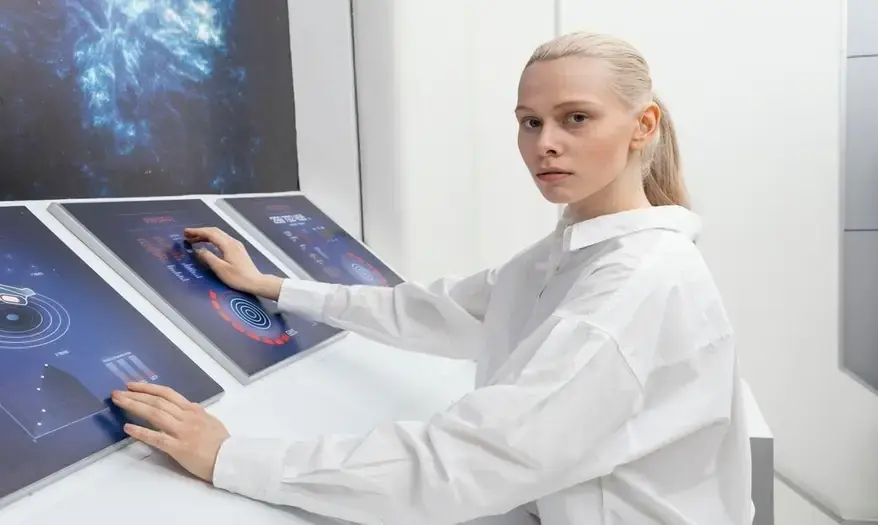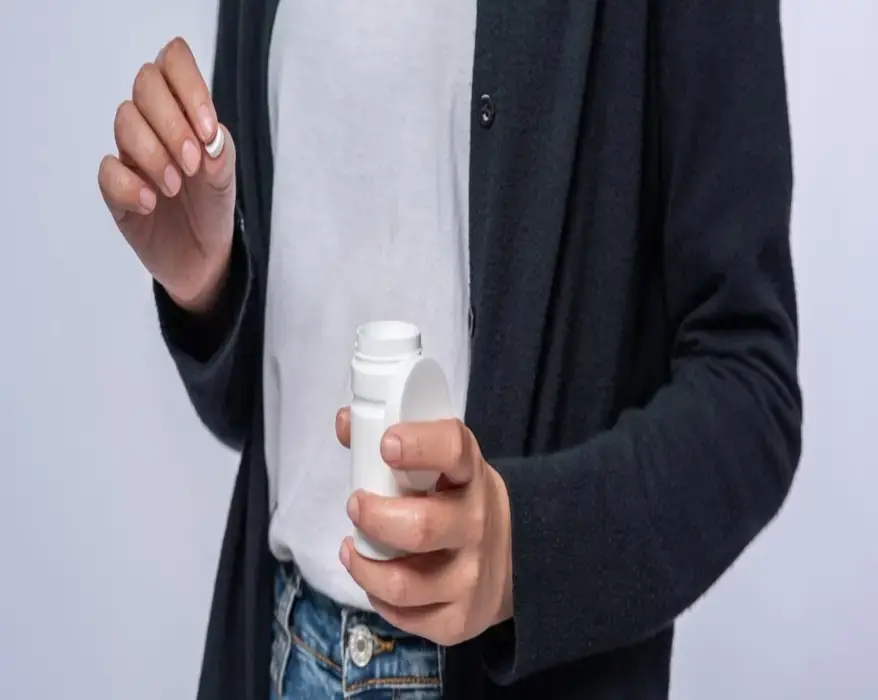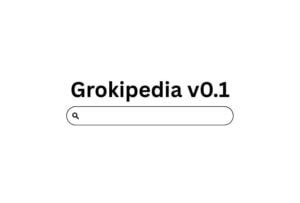Revolutionizing Medication Management : The Smart Pill Dispenser
In today’s world, handling complicated Medication Management schedules is very important. The Smart Pill Dispenser provides an easy solution to this widespread health care problem. Chronic diseases are becoming more common. Also, the population is getting older. As a result, it’s important for people to take their medications the right way. By doing so, they ensure the best treatment results. Moreover, proper medication management can improve adherence. However, adherence is a big problem. For instance, people often forget, get confused, or lack reminders. Consequently, this leads to missed doses and poor health outcomes, creating a global problem.
The Smart Pill Dispenser is designed to change how we manage medication. This device reminds patients to take their medicine on time. It ensures they get the correct doses. It also helps patients manage their health better. The device combines biomedical engineering and software development. It focuses on the user.
Its goal is to help patients stick to their treatment plans.
Effective medication management also seeks to reduce the strain on healthcare systems and better health outcomes. This article will examine the design. It will explain how it functions. Also, it will discuss its possible impact on patient care.
The Smart Pill Dispenser: Healthcare Technology
Biomedical engineering combines biology, medicine, and engineering. Managing medication efficaciously is an exciting area for students to explore. The Smart Pill Dispenser is made by integrating electronics, programming, and user interface design for effective medication management.
It aims to address healthcare issues.
The core technology behind the Smart Pill Dispenser includes:

Microcontroller-based System
At the heart of the device lies a microcontroller unit (MCU) responsible for controlling the dispensing mechanism and interfacing with other components. Arduino, a popular open-source electronics platform, is often utilized for its versatility and ease of programming. Below is a basic Arduino code snippet demonstrating how to control a stepper motor for pill dispensing:
#include
const int stepsPerRevolution = 200; // change this to fit the number of steps per revolution of your motor
Stepper myStepper(stepsPerRevolution, 8, 9, 10, 11);// initialize the stepper library on pins 8 through 11
void setup() {
// set the speed of the motor (in RPMs) myStepper.setSpeed(30);
}
void loop() {
// step one revolution in one direction myStepper.step(stepsPerRevolution); delay(500);// wait for half a second
} Sensors for Pill Detection
Optical or proximity sensors detect the presence of pills in the dispenser. When a user inserts a pill container, the sensor activates the dispensing mechanism, ensuring accurate medication delivery. This technology optimizes medication management.
Mobile Application Interface
A mobile application serves as the user interface for setting medication schedules, receiving reminders, and monitoring adherence, which is crucial for medication management. Android or iOS development frameworks like Flutter or React Native can be used to create cross-platform mobile apps. Below is a simplified example of Flutter code for displaying medication reminders:
import 'package:flutter/material.dart';
void main() {
runApp(MedicationReminderApp());
}
class MedicationReminderApp extends
StatelessWidget {
@override
Widget build(BuildContext context) {
return MaterialApp(
title: 'Medication Reminder',
home: MedicationReminderScreen(),
);
}
}
class MedicationReminderScreen extends
StatelessWidget {
@override
Widget build(BuildContext context) {
return Scaffold(
appBar: AppBar(
title: Text('Medication Reminder'),
),
body: Center(
child: Text(
'It\'s time to take your medication!',
style: TextStyle(fontSize: 24),
),
),
);
}Wireless Connectivity
The Smart Pill Dispenser may incorporate Bluetooth or Wi–Fi connectivity to sync with the mobile app and send medication adherence data to healthcare providers or caregivers. This enhances overall medication management.

By exploring these technological components, students not only gain insights into the intricacies of biomedical engineering but also sharpen their skills in electronics, programming, and user interface design. Moreover, this hands-on experience helps them understand real-world applications, making learning more engaging and practical. Through hands-on experimentation and prototyping, students can transform theoretical knowledge into practical solutions, paving the way for impactful innovations in medication management and healthcare technology.
Educational Opportunities in The Smart Pill Dispenser
Formal education in biomedical engineering or related fields provides students with foundational knowledge in biology, chemistry, physics, and engineering principles. Courses in medical device design, software development, and user experience design are beneficial. Vocational programs and online courses offer practical skills in electronics, programming languages (e.g., Python, Arduino), and mobile app development. Internships, research projects, and participation in hackathons provide hands-on experience and networking opportunities in medication management and other areas.
Career Path
Upon completion of their education, students can pursue careers as biomedical engineers, medical device designers, or healthcare software developers. Entry-level positions may include roles in research and development, quality assurance, or regulatory affairs. With experience, individuals can gradually advance to managerial positions or even specialize in areas such as telemedicine, digital health, medication management, or healthcare analytics. Moreover, as technology continues to evolve, new opportunities in these fields keep emerging. Therefore, gaining expertise in one of these areas can lead to a rewarding and impactful career in healthcare.
Conclusion
To embark on a career in biomedical engineering and healthcare technology, students should focus on acquiring technical skills, gaining practical experience, and staying updated on industry trends. Engaging in DIY projects, attending workshops, and seeking mentorship can provide valuable insights and opportunities for skill development. By leveraging their passion for innovation and commitment to improving patient care, students can shape the future of healthcare technology and drive advancements in medication management.
Additionally, to stay updated with the latest developments in STEM research, visit ENTECH Online. Basically, this is our digital magazine for science, technology, engineering, and mathematics. Furthermore, at ENTECH Online, you’ll find a wealth of information.






